

|
IBIA calls for board election nominations ahead of Friday deadline
Association seeks candidates for 2026 board positions with submissions closing 12 December. |
|
|
|
||

|
BMT Bunker adds tanker MT Fraua to fleet
BMT Bunker und Mineralöltransport has expanded its fleet with a new vessel. |
|
|
|
||

|
Island Oil expands Cyprus bunkering fleet with vessel Ruby
Island Oil adds second bunkering vessel to strengthen marine fuel supply operations in Cyprus. |
|
|
|
||
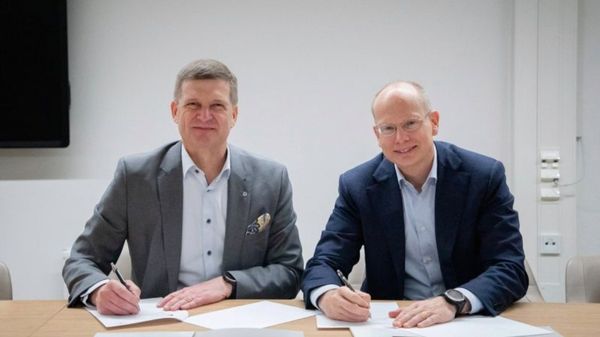
|
Wärtsilä and Aalto University extend R&D partnership to accelerate marine decarbonisation
Five-year agreement expands international collaboration on alternative fuels and clean energy technologies. |
|
|
|
||

|
Bunker One USA outlines cost-cutting measures amid margin pressure
Supplier details operational adjustments, including fleet consolidation and asset optimisation to maintain competitiveness. |
|
|
|
||
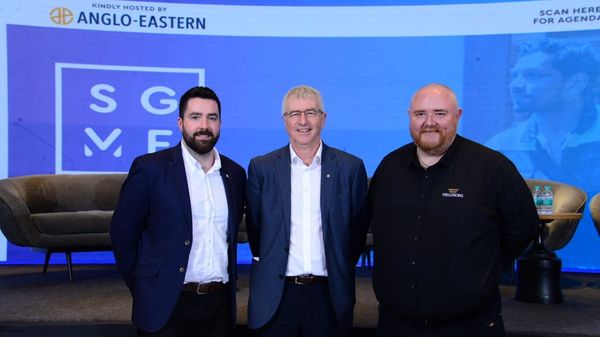
|
Trelleborg's Stafford appointed chair of SGMF technical committee
Andrew Stafford to lead three-year term on gaseous fuels safety guidance body. |
|
|
|
||
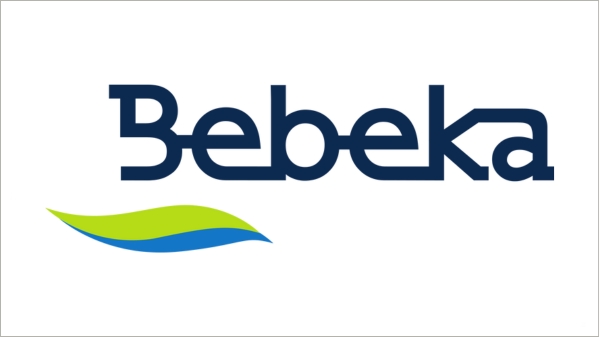
|
Bebeka seeks bunker trader for Groningen office
Shipping cooperative advertises role supporting global fuel supply and energy transition. |
|
|
|
||
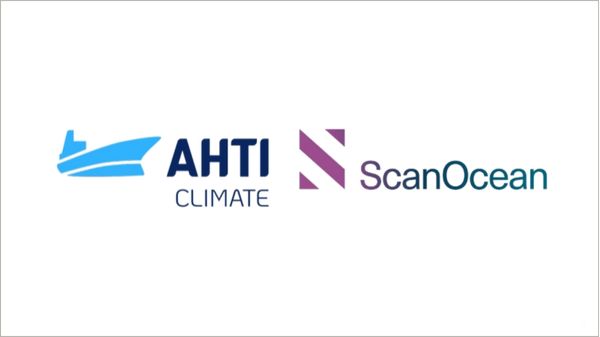
|
ScanOcean launches biofuel pooling solution with Ahti Climate
Bunker supplier targets FuelEU Maritime compliance with pool-in-pool arrangement for shipowners. |
|
|
|
||
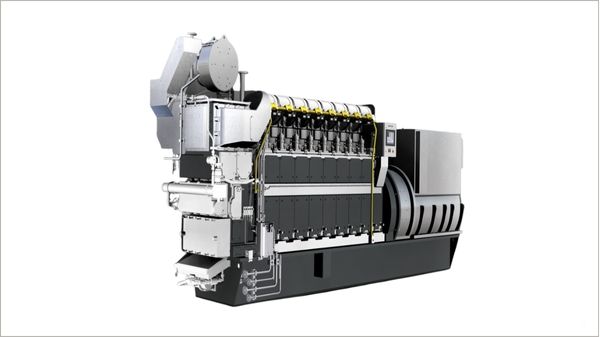
|
Everllence confirms ethanol operation on 21/31 four-stroke engine
Engine builder says tests in Denmark validated fuel flexibility of methanol-capable platform. |
|
|
|
||
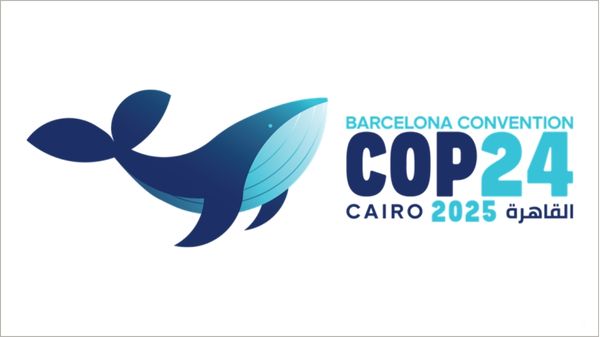
|
Mediterranean states adopt roadmap for low-carbon shipping transition
REMPEC welcomes decisions on emissions control areas and offshore pollution monitoring. |
|
|
|
||
| 'No technical showstoppers' for adoption of EU LNG bunkering framework [News & Insights] |
| LNG-fuelled bulkers set for 2018 Baltic launch [News & Insights] |
| World's first LNG dual-fuelled handysize bulk carrier contract [News & Insights] |
| Joint project to develop LNG-fuelled dry bulk carrier [News & Insights] |
| New rule set class contract for LNG-fuelled bulkers [News & Insights] |
| Project to develop LNG-fuelled bulk carriers [News & Insights] |